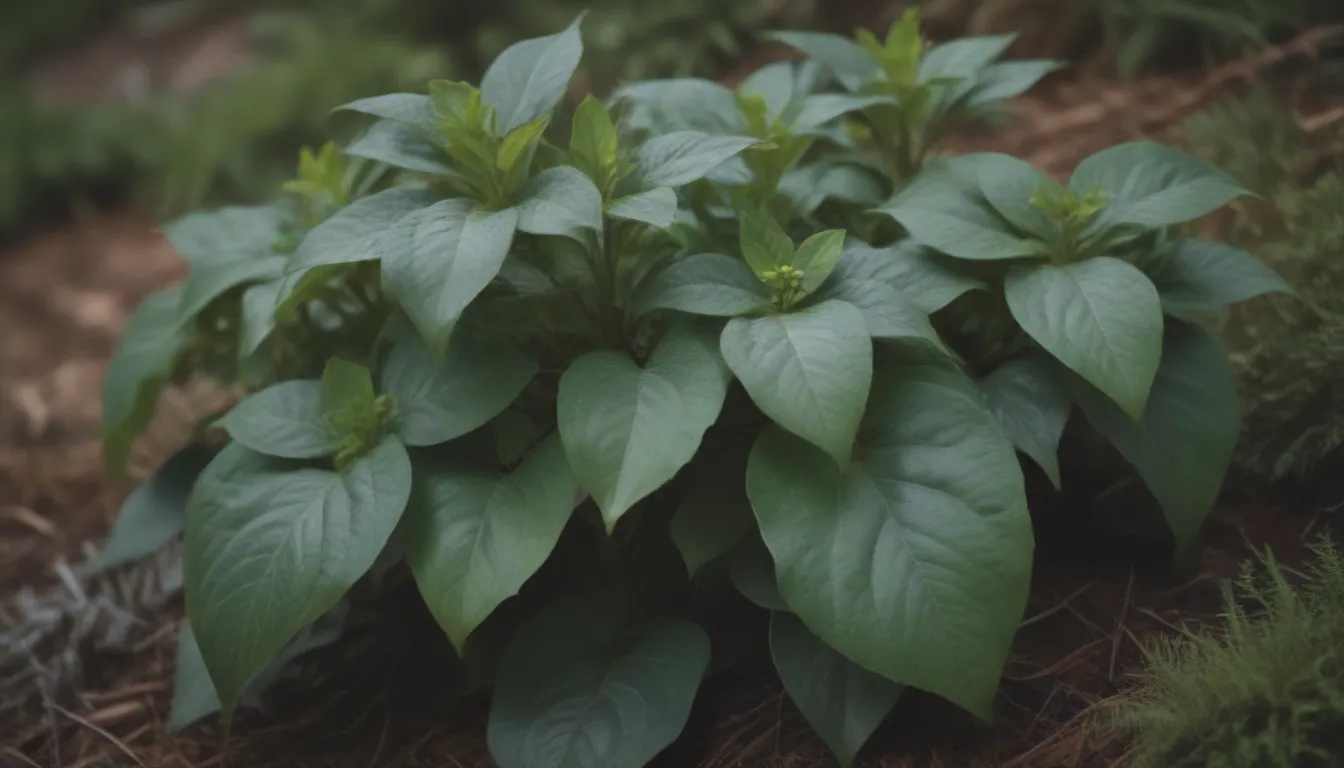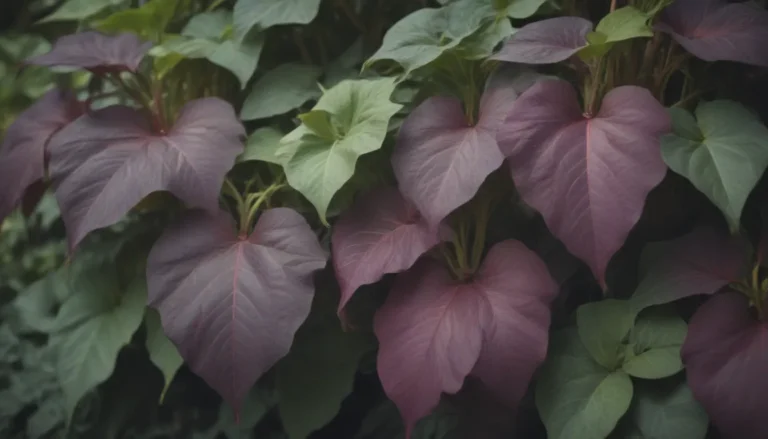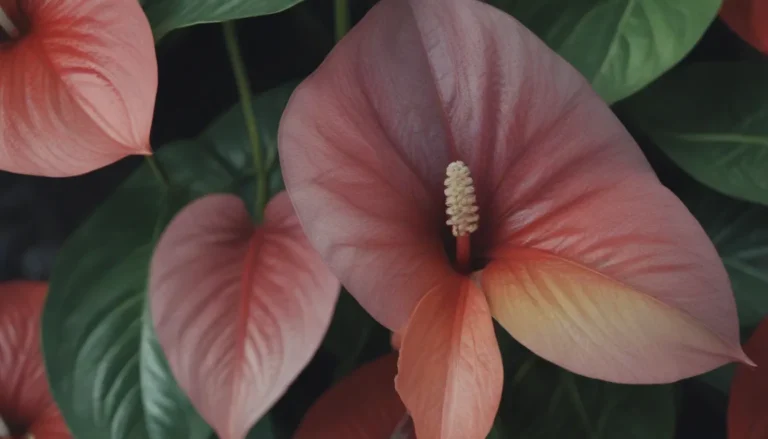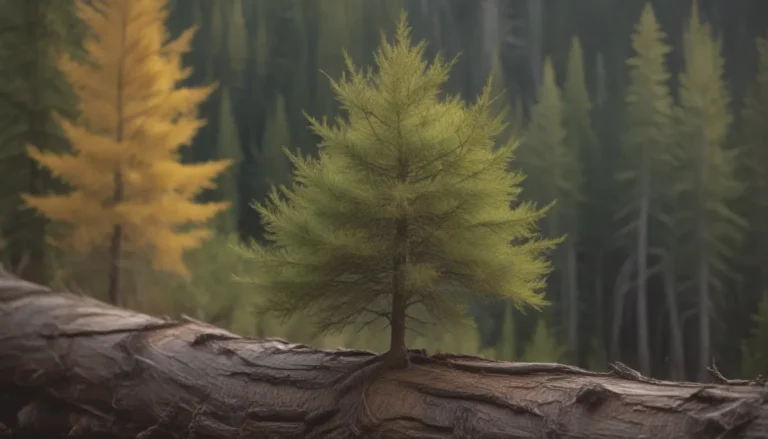A Comprehensive Guide to Growing and Caring for Wintergreen Plants

As winter approaches, many gardeners seek out ways to add color and interest to their landscape during the colder months. Wintergreen plants are a fantastic option, providing vibrant red berries and reddish-bronze leaves that stand out in the winter landscape. Whether you’re looking to add a pop of color to your yard or searching for a low-maintenance groundcover, wintergreen plants are an excellent choice.
Introduction to Wintergreen Plants
Wintergreen plants are native to North America and thrive in shady locations with proper care. These plants spread by rhizomes and are known for their moderate to slow growth rate. In addition to the species, there are several cultivars available with variations in fall foliage color, berry size and color, height, and hardiness. Whether you’re a seasoned gardener or a beginner, growing and caring for wintergreen plants is a rewarding experience.
Benefits of Wintergreen Plants:
- Attractive groundcover for shady areas
- Bright red berries and reddish-bronze leaves add color to the winter landscape
- Low-maintenance plant that spreads easily
Wintergreen Plant Care Tips
Growing wintergreen plants is relatively easy, provided you provide them with the right environment to thrive. Here are some essential care tips for growing and caring for wintergreen plants:
- Light:
- Wintergreen plants thrive in dappled shade but can handle bright, filtered sunlight.
-
Ensure they receive enough sunlight to produce blossoms and fruit.
-
Soil:
- Wintergreen plants prefer well-drained, acidic soil (pH between 4.5 and 6.0).
-
Perform a soil test and amend the soil with peat moss if needed.
-
Water:
- Consistent moisture is crucial for the health of wintergreen plants.
-
Water regularly, especially during dry spells and droughts.
-
Temperature and Humidity:
- Wintergreen plants prefer mild summer temperatures and high humidity.
-
They may not fare well in hot, dry climates.
-
Fertilizer:
- Wintergreen plants do not require supplemental fertilizer.
- They derive nutrients from decaying leaves of trees, mimicked by spreading leaf mold around the base of the plants.
Types of Wintergreen Plants
There are several popular cultivars of wintergreen plants, each with unique characteristics and appearances. Here are some common types of wintergreen plants:
- ’Cherry Berries’: Dense, glossy green foliage with deep red winter coloration. Large red berries in the fall. Zone 3-8.
- ’Redwood’: Creeping wintergreen with deep red foliage in winter. Pink flowers in late spring. Zone 3-8.
- ’Winter Splash’: Variegated foliage with pink flush in winter. Bright red berries in the fall. Zone 3-8.
- ’Winter Fiesta’: Large white berries turning pink in winter. Compact growth habit. Zone 4-9.
- ’Berry Cascade’: Berries grow along the stem like a string of pearls. Bright orange and red foliage in winter. Zone 3-9.
Pruning Wintergreen Plants
In the spring, it is beneficial to prune back old, woody stems on wintergreen plants to encourage new growth. This simple step can help promote healthier, more vibrant plants.
Propagating Wintergreen Plants
Propagation of wintergreen plants is typically limited to the species, as many cultivars are protected. Wintergreen plants spread easily through creeping rhizomes and can be propagated from rooted stems. This method is preferable to seed propagation, which can be challenging due to tiny seeds and cold stratification requirements.
Potting and Repotting Wintergreen Plants
Wintergreen plants can be successfully grown in pots, providing a beautiful addition to your patio or garden. When potting wintergreen plants, use a well-draining mix with peat and sand to mimic the plants’ preferred environment. Regular watering and repotting when roots become visible are essential for thriving potted wintergreen plants.
Overwintering Wintergreen Plants
While wintergreen plants are hardy perennials and typically do not require winter protection, potted plants may need some extra care. Burying pots in the ground or creating a planting silo can help insulate the roots of potted wintergreen plants during the colder months.
Common Pests and Diseases
Wintergreen plants are relatively pest and disease-resistant, thanks to their natural oils. However, be on the lookout for aphids, thrips, root rot, mildew, black spot, and leaf spot. Regular inspection and proper care can help prevent and manage these issues.
How to Get Wintergreen Plants to Bloom
Wintergreen plants bloom in the late spring to early summer, producing small, urn-shaped flowers with a sweet fragrance. Here are some tips to encourage wintergreen plants to bloom:
- Prune nearby vegetation to allow more sunlight onto the plants.
- Deadheading spent flowers is not necessary, as they provide food for wildlife.
Interesting Facts about Wintergreen Plants
- Wintergreen plants were once used to make oil of wintergreen for flavoring.
- Wintergreen plants are not toxic to pets, despite common misconceptions.
- Wintergreen berries are edible, but there are better choices for culinary use, like lingonberries.
In conclusion, wintergreen plants are a beautiful addition to any garden or landscape, providing color and interest during the winter months. With proper care and attention to their specific needs, you can enjoy the beauty of wintergreen plants year-round. Whether you’re a beginner gardener or a seasoned pro, growing wintergreen plants is a rewarding and enjoyable experience. So, why not add a pop of color to your yard with these vibrant and low-maintenance plants?





